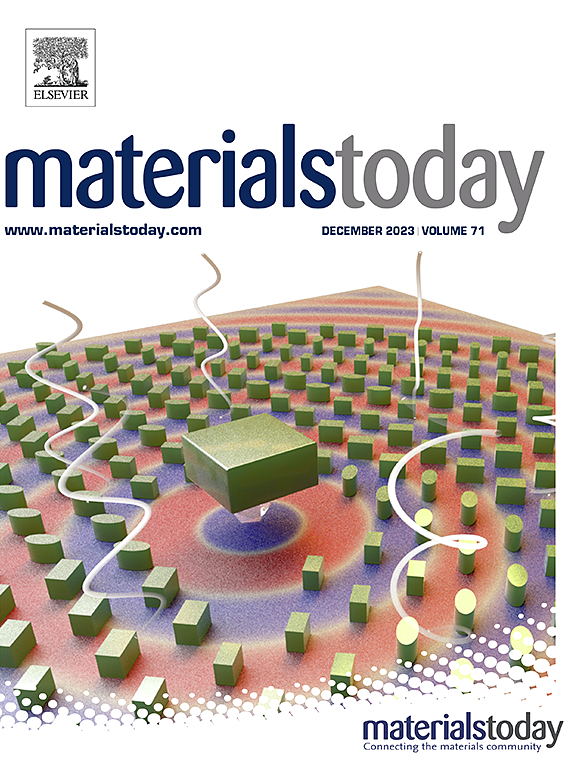A novel breakthrough in the invention, properties, synthesis of covalent heptazine framework for its sustainable applications
IF 21.1
1区 材料科学
Q1 MATERIALS SCIENCE, MULTIDISCIPLINARY
引用次数: 0
Abstract
The development of two-dimensional (2D) covalent heptazine frameworks (CHFs) using heptazine and other molecular elements is becoming more attractive due to their modifiable design and diverse features. In comparison to the conventional experiments approach in practical studies, computation modeling has the advantage of eliminating extraneous and ineffective efforts. This is possible because to the significant advancements in machine resources and more advanced theories, which ultimately leads to faster material formation. CHFs include beneficial features such as diverse synthetic alternatives, high dependability, non-toxicity, simplified organic arrangement, and enhanced structural organization. CHFs have unique properties that make them very suitable for many applications, including the photocatalytic evolution of hydrogen peroxide (H2O2), photocatalytic overall water splitting, photooxidation reaction, photoreduction reaction, lithium-ion batteries (LIBs) and selective CO2 adsorption. In the present article, we provide a concise overview of the different techniques used for the synthesis of CHFs, along with their electronic and simulation characteristics, apparent properties, and potential applications. We plan to offer more information on frequently published photocatalytic processes, particularly their functional processes. To our knowledge, there is currently no review paper available on this dynamic and growing field. This publication will provide valuable scientific information and breakthroughs for material sciences and future researchers.

本发明在共价七嗪框架的发明、性质、合成等方面取得了新的突破,使其具有可持续的应用前景
利用正乙烷和其他分子元素制备二维共价正乙烷骨架(CHFs)由于其可修饰的设计和多样化的特性而变得越来越有吸引力。在实际研究中,与传统的实验方法相比,计算建模具有消除多余和无效努力的优点。这是可能的,因为机器资源的重大进步和更先进的理论,最终导致更快的材料形成。chf包括多种合成替代品、高可靠性、无毒性、简化的有机排列和增强的结构组织等有益特性。chf具有独特的性能,使其非常适合于许多应用,包括过氧化氢(H2O2)的光催化演化,光催化整体水分解,光氧化反应,光还原反应,锂离子电池(LIBs)和选择性CO2吸附。在本文中,我们简要概述了用于合成chf的不同技术,以及它们的电子和模拟特性、表观性质和潜在应用。我们计划提供更多关于经常发表的光催化过程的信息,特别是它们的功能过程。据我们所知,目前还没有关于这个充满活力和不断发展的领域的综述论文。该出版物将为材料科学和未来的研究人员提供有价值的科学信息和突破。
本文章由计算机程序翻译,如有差异,请以英文原文为准。
求助全文
约1分钟内获得全文
求助全文
来源期刊

Materials Today
工程技术-材料科学:综合
CiteScore
36.30
自引率
1.20%
发文量
237
审稿时长
23 days
期刊介绍:
Materials Today is the leading journal in the Materials Today family, focusing on the latest and most impactful work in the materials science community. With a reputation for excellence in news and reviews, the journal has now expanded its coverage to include original research and aims to be at the forefront of the field.
We welcome comprehensive articles, short communications, and review articles from established leaders in the rapidly evolving fields of materials science and related disciplines. We strive to provide authors with rigorous peer review, fast publication, and maximum exposure for their work. While we only accept the most significant manuscripts, our speedy evaluation process ensures that there are no unnecessary publication delays.
 求助内容:
求助内容: 应助结果提醒方式:
应助结果提醒方式:


